I love the Olympics.
At the time of writing, we’re a year out from the 2020 games in Tokyo and I’m already excited.
However, that excitement got me thinking about how little people know about many Olympic sports and in particular how little even many shooting fans know about the Olympic shooting events.
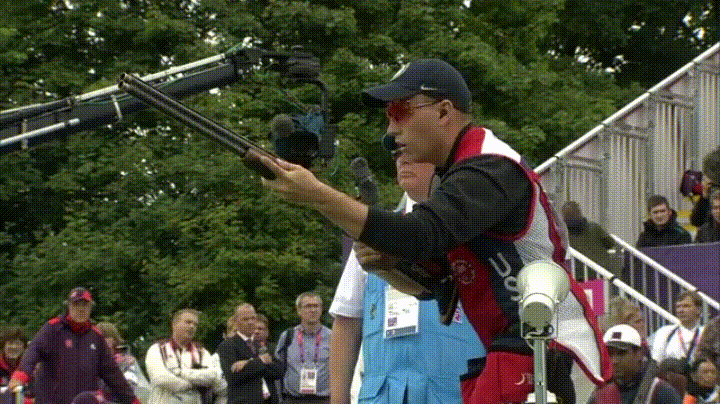
But I’ve got a platform to help correct that, so settle in and get ready to learn because, by the time I’m done here, you’ll be a veritable expert in Olympic shooting sports.
Table of Contents
Loading…
The Basics
Shooting has been a part of almost all Summer Olympic Games since the start of the modern Olympics in 1896. This category includes all stand-alone firearm shooting events. Since 1908, they’ve been governed by the International Shooting Sport Federation (ISSF).
In 2020, you can expect to see six sports and 15 events across three different disciplines (rifle, pistol, and shotgun) in the shooting category. Exactly which sports have been included in the past has varied from game to game, but they’ve more or less remained consistent over the past few games.
Most of these sports have men’s and women’s events, and starting with the 2020 games, a few also have mixed team events, where a man-woman team competes together.
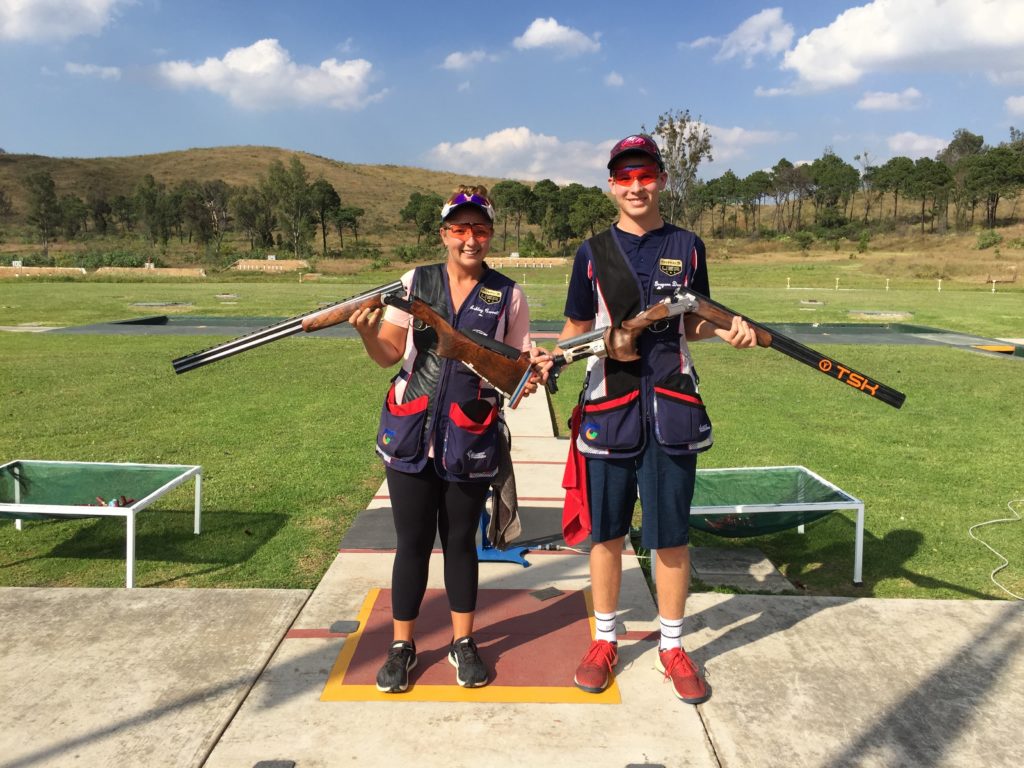
Another interesting introduction for 2020 is the elimination of different rules for men’s and women’s events within the same sport so both sexes are competing to the same standards, allowing us to compare the skill and prowess of all athletes against one another.
I’ll be giving you the short version on all the sports you need to know to follow the games.
Each event starts with a qualification round, followed by a final round where scores start over at zero.
I’m strictly talking about the shooting category in the Summer Olympic Games here. Firearm shooting also appears as part of the modern pentathlon and the biathlon, but I’m not going to go into that here.
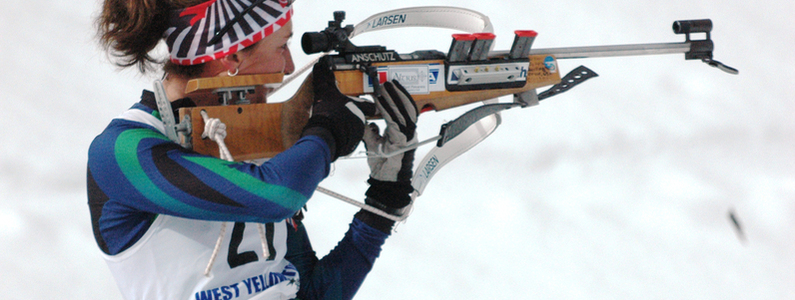
Now let’s get to the sports.
Olympic Rifle Competitions
Olympic shooting includes two rifle sports, which also happen to be two of the three shooting sports that had women’s events when women were first allowed to compete in Olympic shooting at the Los Angeles Games in 1984.
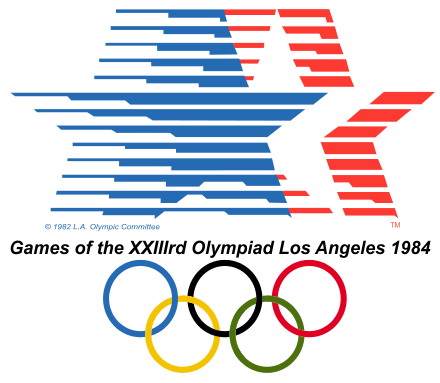
The basics of the rifle events’ scoring work in more or less the same way: each shooter aims at a fixed target with ten concentric circles and fires off a set number of shots.
Each circle awards a set number of points to shots placed within it with the number of points increasing as shots approach the center of the target.
The qualification round is scored by the total number of points, while the final round is a shoot-off. Qualification round points are not carried into the final round.
50-meter Rifle Three Positions
50m Rifle Three Positions consists of men’s and women’s events which are scored the same way.
As the name suggests, shooters shoot a target 50 meters away from each of three positions: kneeling, prone, and standing.
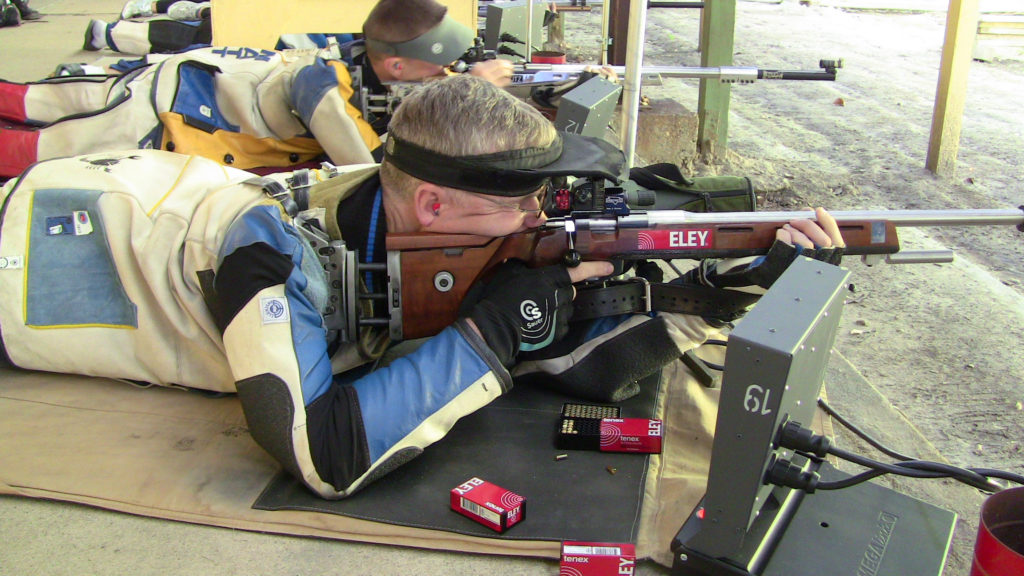
The target has a total diameter of 154.4mm, or about six inches. The tenth ring, or smallest circle, of the target is 10.4mm, about the size of a dime.
Rifles must be small-bore single loaded rifles in .22 or 5.56mm caliber that weigh no more than 8 kilograms (about 17.6 pounds). Only metallic sights are allowed.
In the qualification round, each shooter fires 40 rounds in each of the three positions for a total of 120 shots.
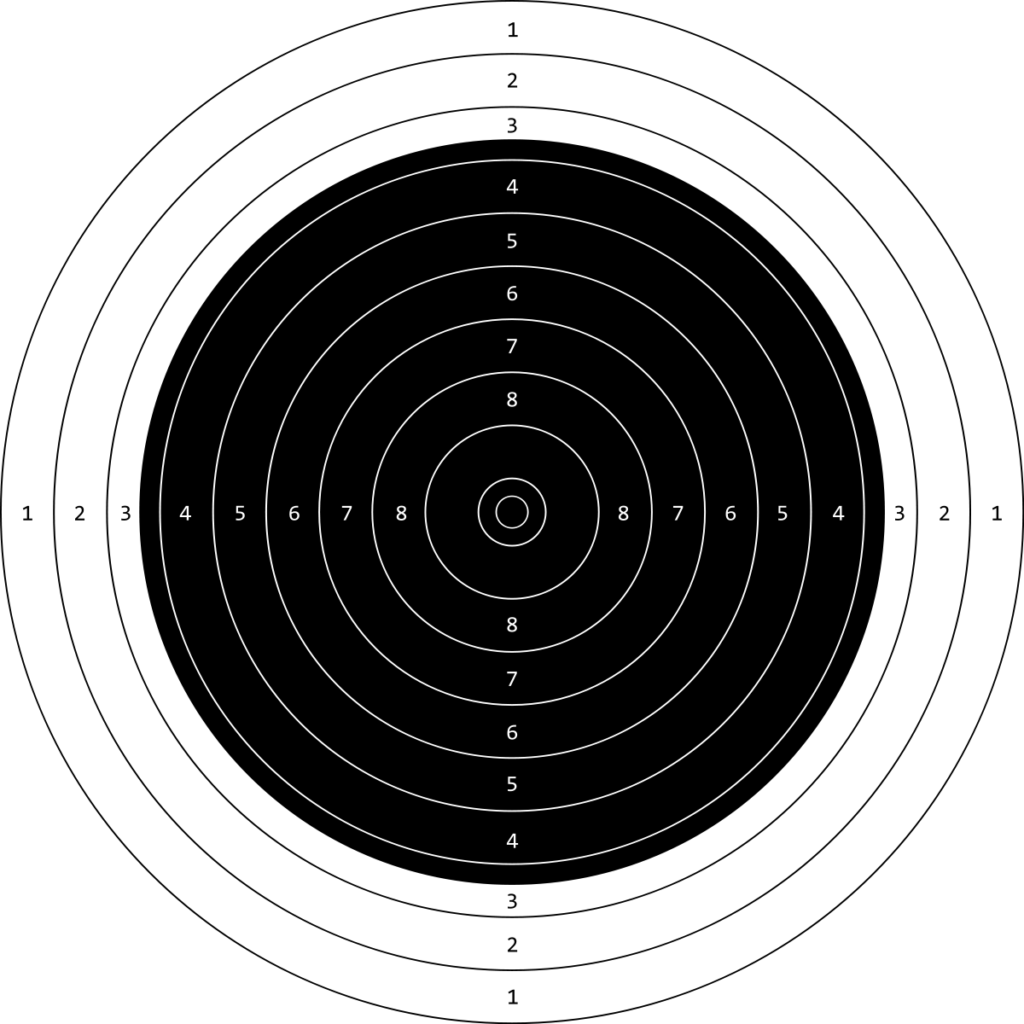
Each shot during the qualification round can earn up to 10 integer points (so no fractions of a point), so shooters can earn up to 1200 points in the qualification round. The top eight scorers move on to the final round.
In the final round, shooters get the opportunity to shoot up to 45 more shots. The round starts with three series of five shots kneeling, followed by three more series of five shots are fired prone, and then two series of five shots standing.

At this point, the two lowest scores are eliminated for seventh and eighth place.
Each of the remaining shots is fired on an official’s command. After each shot, the lowest scoring shooter is eliminated with the 45th and final shot determining the gold medalist.
In the final round, each ring including the inner circle is divided into ten subrings, each awarding an extra 0.1 point as they approach the center of the target, giving a maximum score per shot of 10.9 rounds and max possible round score of 490.5.
Prices accurate at time of writing
Prices accurate at time of writing
-
25% off all OAKLEY products – OAKLEY25
Copied! Visit Merchant
A minimum qualifying score to compete in the 2020 Olympic 50m Rifle Three Position is 1135 for men and 1115 for women.
Note: Women’s qualifying scores are lower across all sports that have both men’s and women’s events. This isn’t to favor women, there’s just a smaller pool of women shooters from which to pull competitors.
10-meter Air Rifle
In this event, standing shooters shoot a target 10 meters away using a single loaded air rifle in 4.5mm or .177 inches caliber. The rifle can weigh not more than 5.5 kilograms (just over 12 pounds) and can only have metallic sights.
Targets have a total diameter of just 45.5mm or 1.79 inches. The inner ring is a mere .5mm in diameter.
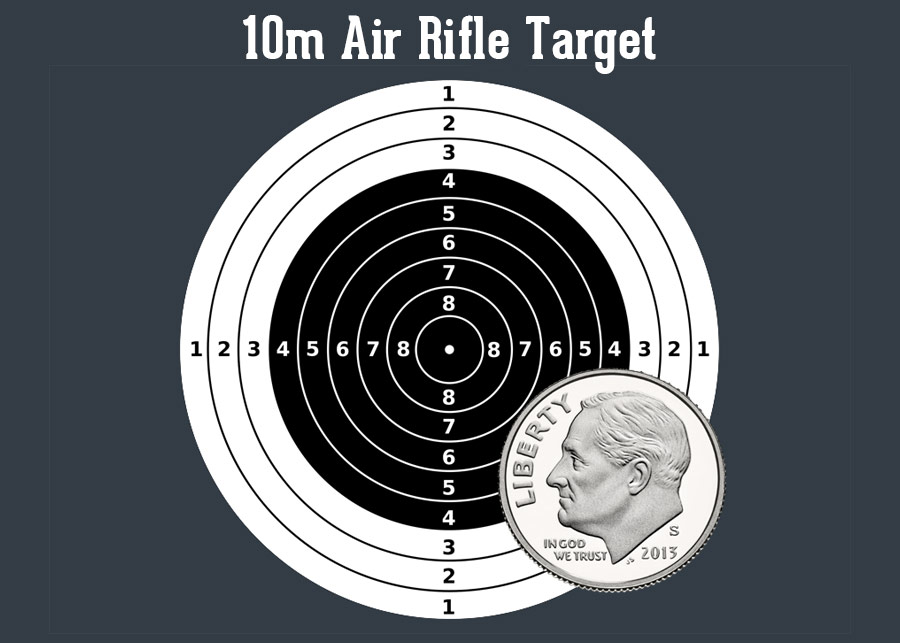
In both rounds of competition, each ring and the inner circle are broken down into ten additional subrings to award decimal points. Thank God for electronic scoring, right?
Each shot can score up to 10.9 points.
10m air rifle consists of men’s, women’s, and mixed teams events.
Men’s and women’s are scored the same way, but mixed teams works a little differently.
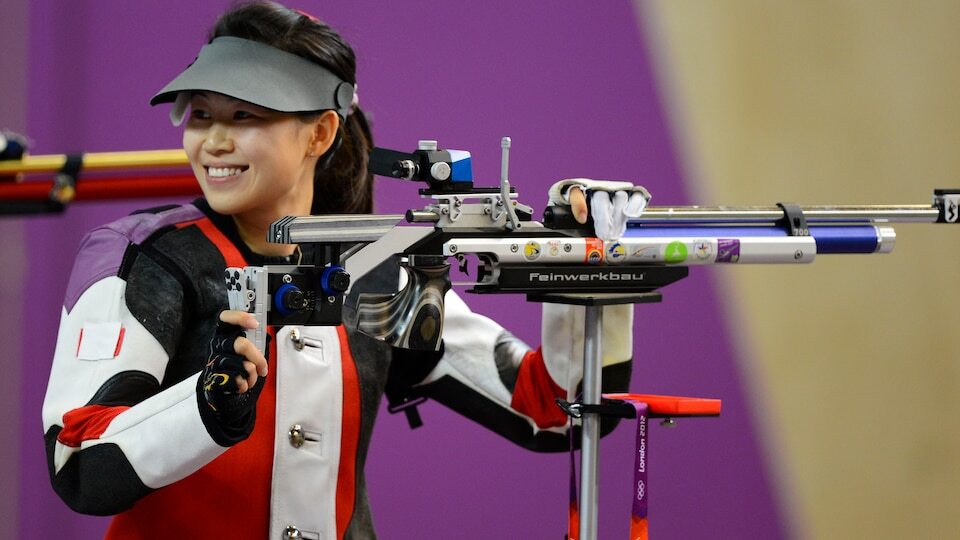
Let’s start with men’s and women’s.
In the qualification round, each shooter fires 60 shots for a maximum possible score of 654 points in this round.
The top eight scorers move on to the final round. Finalists will have the opportunity to score up to 24 shots for a maximum round total score of 261.6 points.
The final round starts with two series of five shots. Then shooters fire 14 single shots, each on command. After the 12th shot, the lowest score is eliminated. This continues after every two shots until the gold and silver medalists are determined by the 24th shot.
For mixed teams, scores are determined by adding the scores of both individual team members.
In the qualifying round, each team member shoots 40 shots for a maximum possible team score of 872 points. The top five teams move on to the final round.
In the final round, each team gets the opportunity to shoot up to 48 shots with 24 per team member.
The round starts with each team member firing three series of five shots, then nine single shots on command. After the 17th shot, the lowest-scoring team is eliminated.
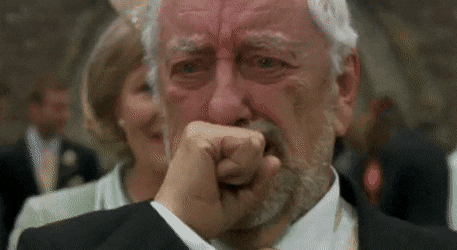
Elimination of the lowest team continues after every two individual (four team) shots with the gold medalist determined with the final shots.
A minimum qualifying score to compete in the Olympic 10m Air Rifle is 595.0 for men and 590.0 for women.
Olympic Pistol Competitions
There are three different pistol sports. Their basic scoring works the same way as the rifle sports, with shots closer to the center earning the shooter more points. Also, like with rifle sports, the qualification round is scored by the total number of points and the final round is a shoot-off.
25-meter Rapid Fire Pistol
The 25m Rapid Fire Pistol is one of the oldest Olympic events, appearing in almost every Summer Olympics since they first began. It’s also the only men’s only Olympic shooting sport and there’s never been an Olympic women’s Rapid Fire Pistol event.
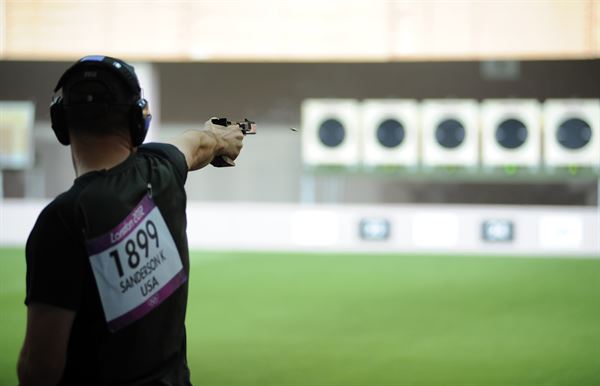
Participants shoot a 5.6mm or .22 caliber rapid fire pistol with a five-shot magazine, a minimum trigger weight of 1000g (2.2 pounds), and open sights.
The pistol can weigh no more than 1400g (3 pounds) and be no larger than 300x150x50mm. There are also certain limitations on the pistol grip.
The target has a diameter of 500mm (about 20 inches) with a tenth ring that’s 100 mm in diameter (about 4 inches).
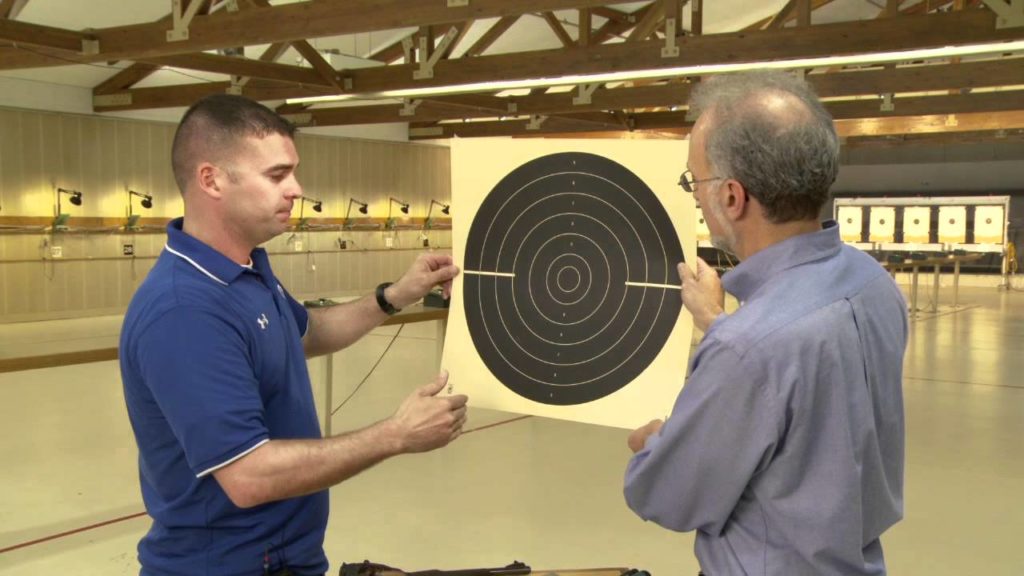
The qualification round is divided into two stages. Each stage is made up of 30 rounds, fired in six series of five shots. Each of the first two series must be completed within eight seconds, the third and fourth series must each be completed in six seconds, and the last two must be completed within four seconds each.
Only whole points are awarded, with up to 10 integer points per shot for a total round score of up to 600 points.
The top six scorers continue to the final round, which uses a hit-or-miss point system. Shots can earn decimal scores as we saw with the rifle events, but scores of at least 9.7 count as hits while lower scores count as misses. Hits count as one point for the athlete, while misses count for zero.
Finalists will get to shoot up to eight five-shot series.
The final round starts with four five-shot series with shooters allowed four seconds for each before the lowest scorer is eliminated. After each additional series, another shooter is eliminated.
The minimum qualifying score for this event is 560.
25-meter Pistol
This event is as close to a women’s counterpart as the 25m rapid fire pistol gets, and in 2020 it’s women-only for the first time.
Pistol events have been part of the Olympics for just as long as Rapid Fire Pistol events and have appeared at just one few Olympic Games.
When the Olympic shooting was opened up to women at the 1968 games in Mexico City, Pistol was one of the three events women could participate in.

Shooters use a pistol with the same requirements as the 25m rapid fire pistols.
The qualification stage has two rounds of thirty shots each. First is the Precision stage in which athletes have five minutes to shoot six five-shot series at a 500mm (about 20 inches) target with a 50mm tenth ring (about 2 inches).
Second is the Rapid Fire Stage. In this stage, a green light is turned on for three seconds, during which the shooter must fire off a shot at a 500mm target with a 100mm tenth ring (about 4 inches). A red light turns on for seven seconds between greens.
Each shot earns an integer score of up to 10 points.
The top eight athletes move to the final round, which consists of 10 five-shot series and uses a hit or miss system where scores 10.2 or higher count as hits.
All finalists shoot the first four series, after which the lowest scoring shooter is eliminated. At the end of each of the remaining series, another shooter is eliminated.
Women must shoot at least 555 to qualify to compete in this event.
10-meter Air Pistol
This is another sport that has men’s, women’s, and mixed team events and if you remember the rules of the 10m air rifle, you already know the rules for the 10m air pistol. The only real differences are the weapon and the target.
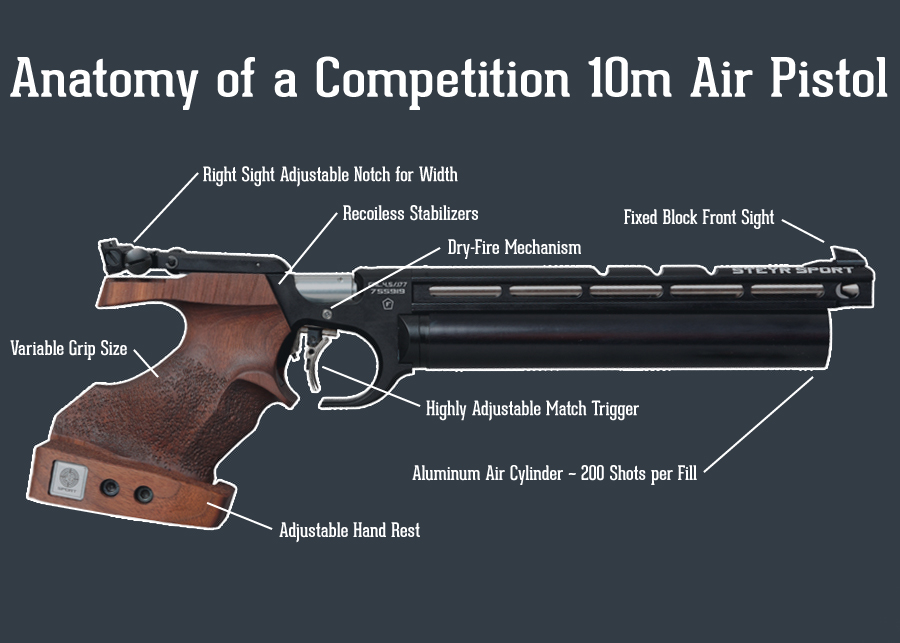
In the 10m air pistol, athletes use a single load air pistol that weighs no more than 1500g (3.3 pounds), with a trigger pull of at least 500g (1.1 pounds), and a pistol grip that doesn’t go past the hand or touch the wrist.
Targets have a total diameter of 155.5mm (just over 6 inches) and a tenth ring with a diameter of 11.5mm (a little under a half inch).
Men must shoot a score of 563 to qualify for the Olympic 10m Air Pistol, while women must shoot at least 550.
Shotgun
The shotgun sports, Trap and Skeet, are probably the Olympic shooting sports that most people are most familiar with even if they don’t know the exact rules.
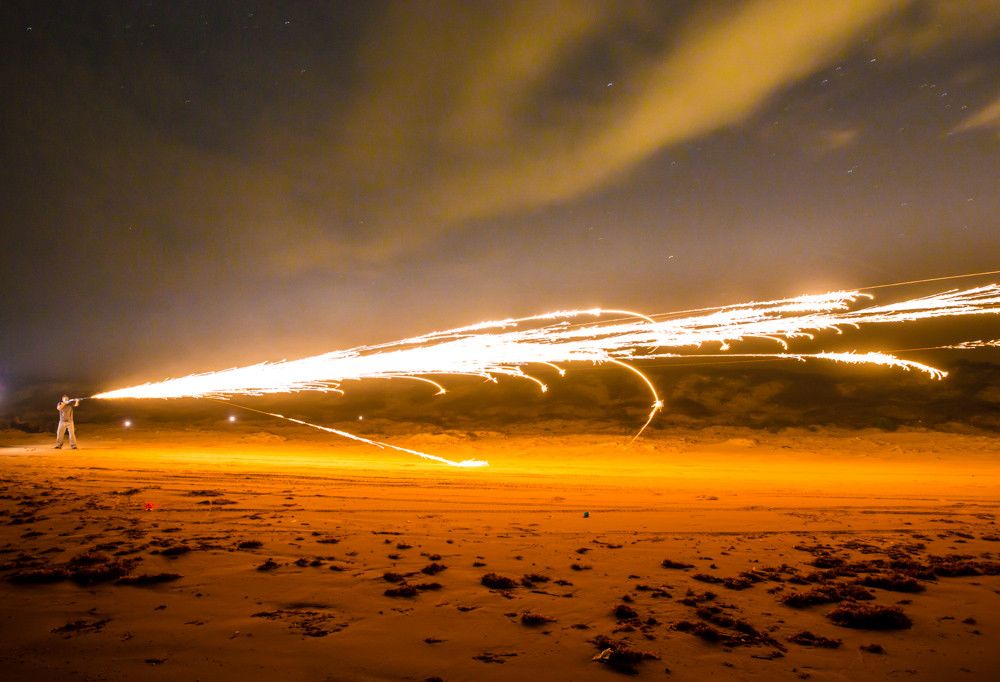
All shotgun athletes must use a 12-gauge single trigger, over-under (one barrel above the other) shotgun. Shells must be smooth bored with a maximum of 24.5g (about .9 ounces) of shot.
Trap Shooting
Trap is one of the oldest Olympic shooting events, first appearing in the 1900 Olympics in Paris and missing only a few Olympic Games since then.
Trap has men’s, women’s, and mixed teams events. In each event, athletes shoot at orange clay targets thrown from a trap (hence the name) in front of them. They shoot one at a time from five different stations, rotating from left to right and moving on to the next station once the previous shooter fires his shot.
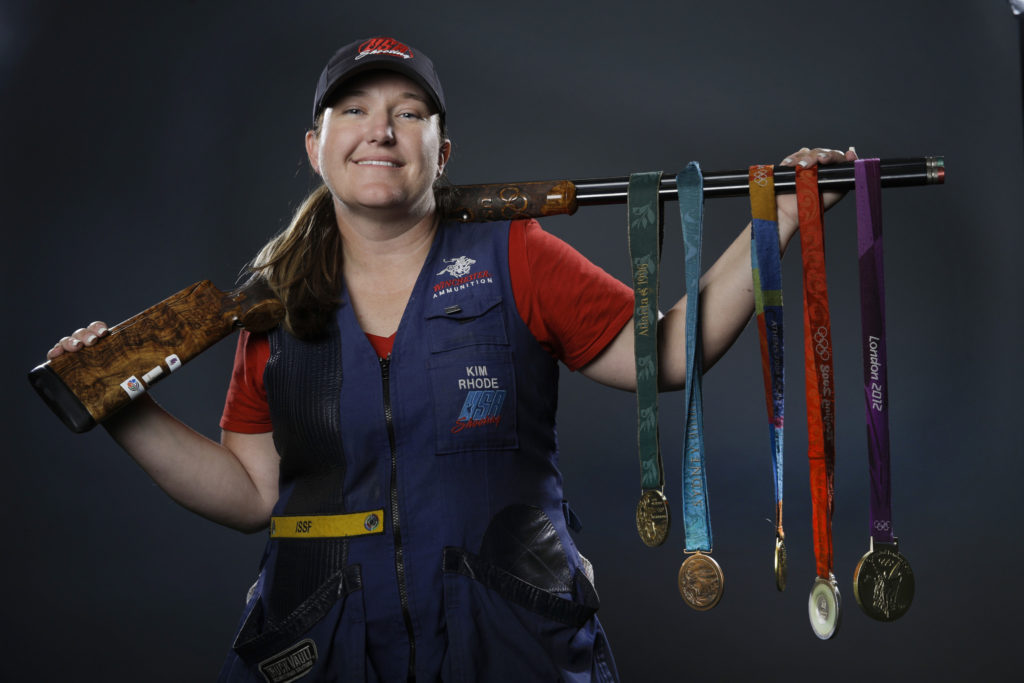
For the men’s and women’s events, the qualification phase usually takes place over a span of two to three days. Over this period, each shooter will shoot five rounds of 25 targets for a total of 125 targets.
Athletes can fire up to two shots at each target. A squad of five or six-shooters will perform each round together, rotating through the five stations five times.
The top six scorers during the qualification phase move on to the final phase.
The final phase consists of ten rounds and athletes are allowed only one shot per target. After the first five rounds, the lowest scoring athlete is eliminated.
An additional elimination at the end of each of the next three rounds. The last two rounds determine the gold and silver medalists.
Mixed teams work similarly, but during the qualification round, each athlete only shoots 75 targets for a team total of 150 with each athlete shooting only three rounds of 25 targets.
Qualification squads consist of three teams. Two shots are allowed at each target.
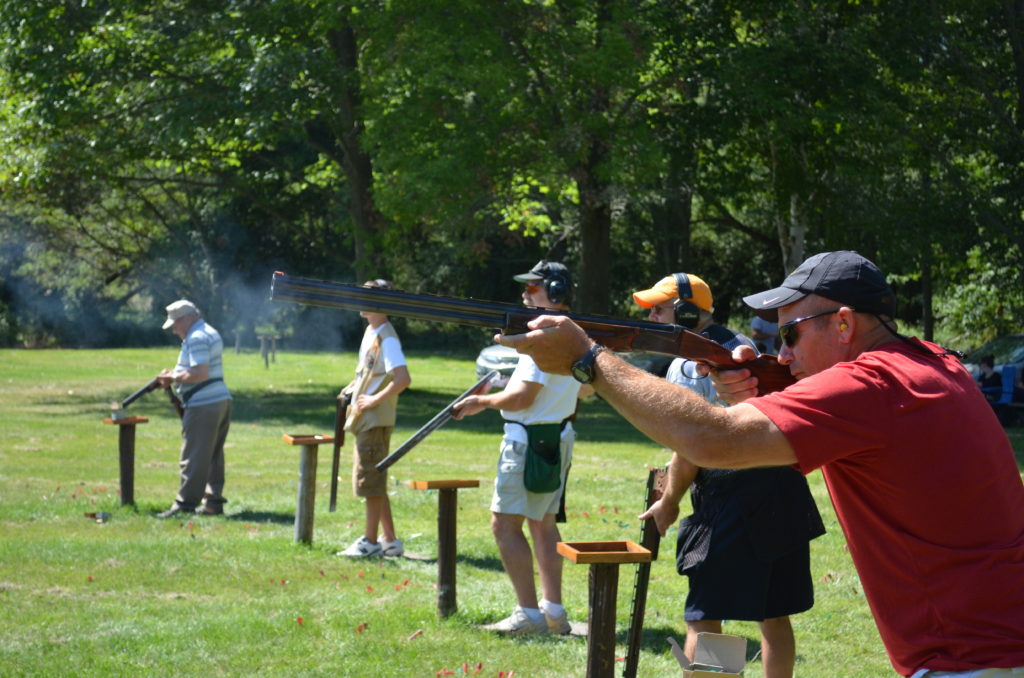
Like with the other mixed team events, the team score is the sum of the scores of the two team members. The top six teams move on to the final phase.
During the final, one team member participates in each round with teammates alternating rounds. Other than that, the mixed teams final works the same way as the men’s and women’s finals.
Men must score at least 112 to compete, while women must score at least 92.
Skeet
Skeet is similar to trap, but there are eight stations and clay targets are thrown from two different houses on either end of the range.
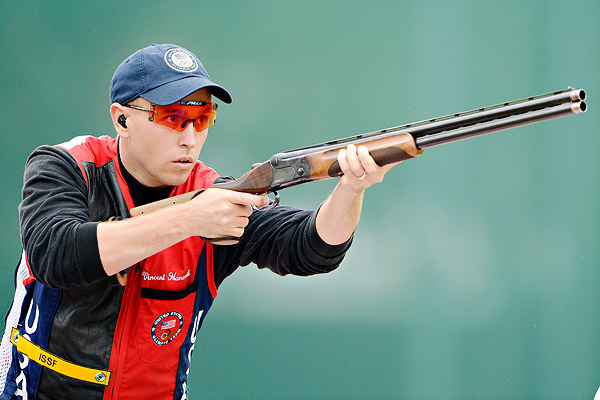
The left house is referred to as the high house and the targets thrown from it are called mark. The right house is referred to as the low house and targets thrown from it are called pull.
Participants also shoot one at a time, but all shooters complete the station before moving to the next, so all athletes shoot at station one, then move on to station two and shoot in the same order and repeat for all the remaining stations.
Only one shot is ever allowed per target.
There are men’s and women’s skeet events — no mixed teams.
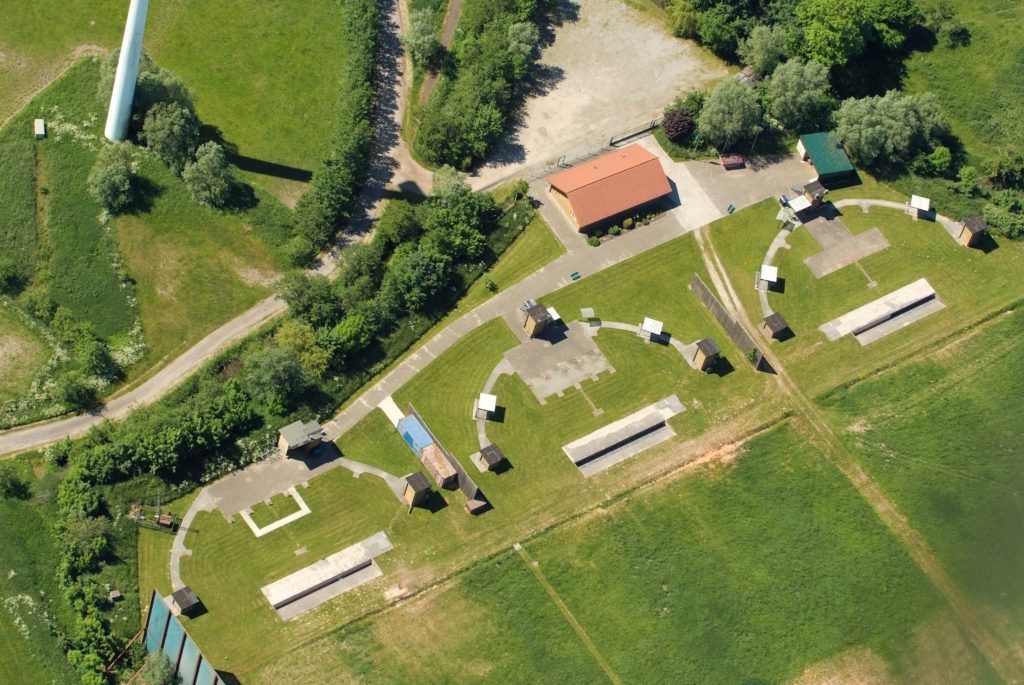
The qualification phase consists of five rounds of 25 targets. Like with trap, these rounds are spread over two to three days and shooters complete rounds in squads of five or six athletes.
All stations exception for station seven will throw targets twice for each shooter’s turn and single or double targets may be thrown each time.
Single targets are, as it sounds, one target thrown from either house. Double targets are thrown one at a time but immediately following one another, one from each house, for the shooter to hit each without reloading.
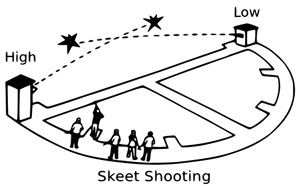
Targets are thrown according to a fixed scheme, so shooters will know how many targets to expect and where they’ll be shot from.
The top six shooters from the qualification phase move on to the final where they will get the opportunity to shoot up to 60 targets.
During the final, each athlete will shoot two sets of doubles from station three, a single double at station four, and two more sets of doubles at station five in each round.
After the first two rounds, the lowest-scoring athlete is eliminated, then again after each of the following rounds.
Men must score at least 114 to compete, while women must score at least 92.
Conclusion
So there’s your guide to all the shooting events you’ll be seeing in the 2020 Olympic Games.
I know that’s a lot, so feel free to come back to this guide throughout the games for a refresher, but be sure to show these athletes just as much support as you do the ones competing in the more widely popular sports like swimming and gymnastics.
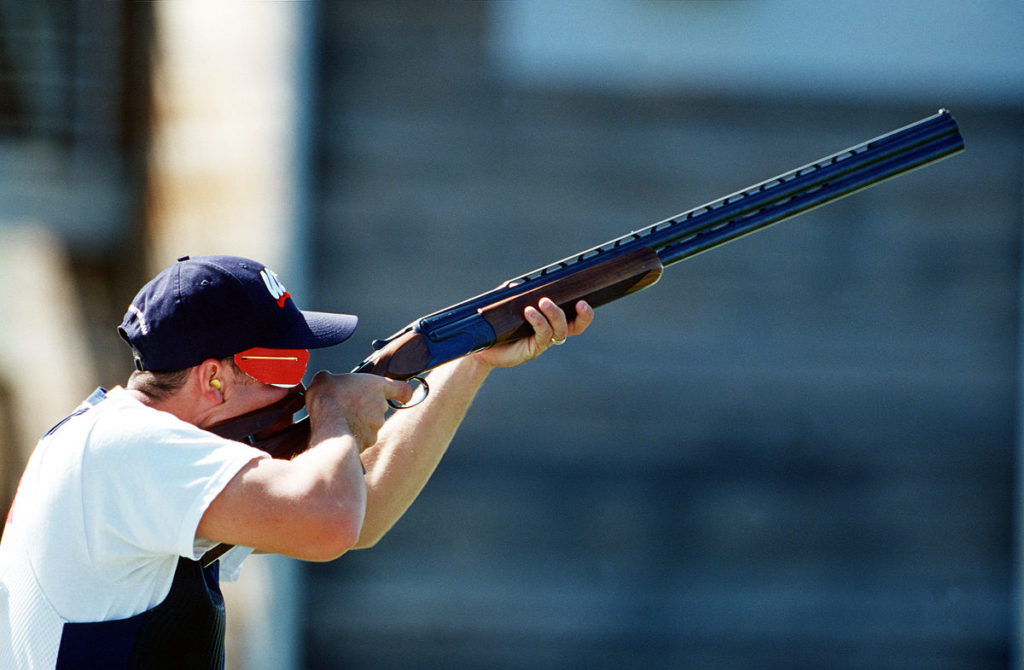
Shooting athletes are often thought of as less athletic than other athletes, but each of them is both physically and mentally powerful.
Shooting at this level requires tremendous muscle control and strength, precise coordination, and excellent focus, high mental resilience, and the ability to stay cool under pressure.
Scores are often close and tie-breakers are often required, so each shot is of the utmost importance.
In just one example, in the 2016 men’s 50m Rifle Three Position qualifying round, the difference between positions eight and nine, determining whether or not the shooter would be a finalist, was determined by an X count, a tiebreaker based on the number of shots within the tenth ring.
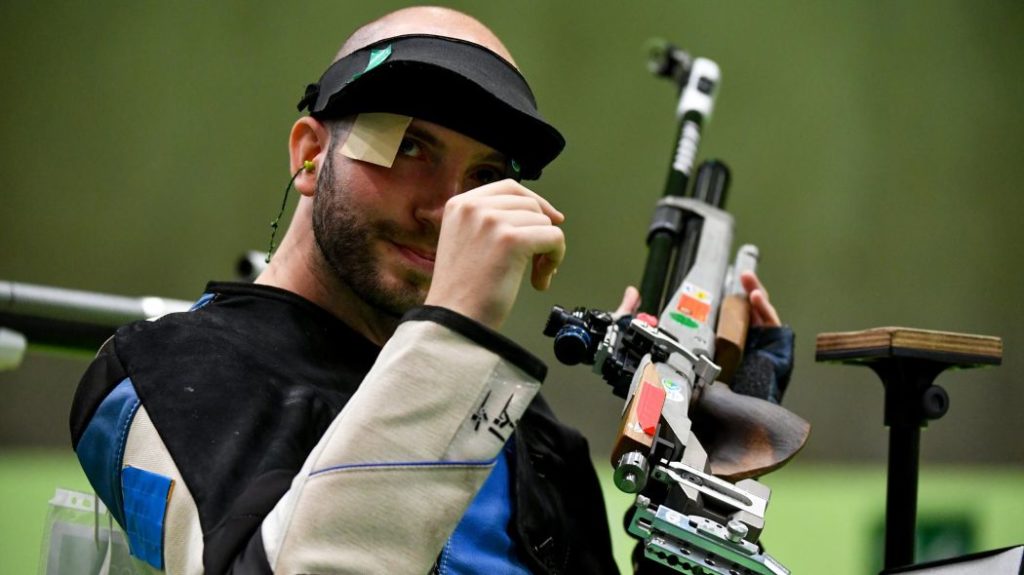
Italy’s Niccolo Campriani edged out Croatia’s Petar Gorsa for the eighth slot with a score of 1174-62x to 1174-55x (with the number after the hyphen denoting the X count), then went on to win the gold.
So be sure to give these men and women plenty of love!
What kind of shooting sports do you want to see added to the Olympics? Let us know in the comments! If you’re interested in trying some of these sports at your own range, take a look at the Best .22LR Rifles!

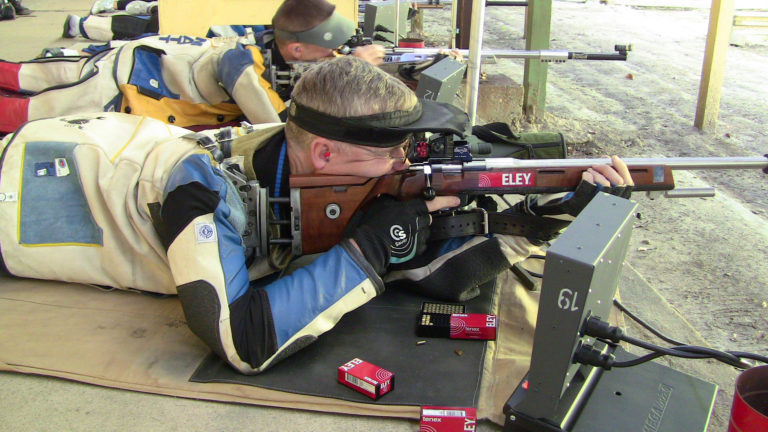








2 Leave a Reply
Thanks for the article. It was very informative.
Biathlon is my favorite sport in the Winter Olympics, so I'm looking forward to the follow up featuring that and the Modern Pentathlon, my favorite sport in the Summer Olympics.
Thanks for bringing light to the Olympic shooting sports! 3P and Air don’t get a lot of publicity because they aren’t the most visually-appealing sports to watch.